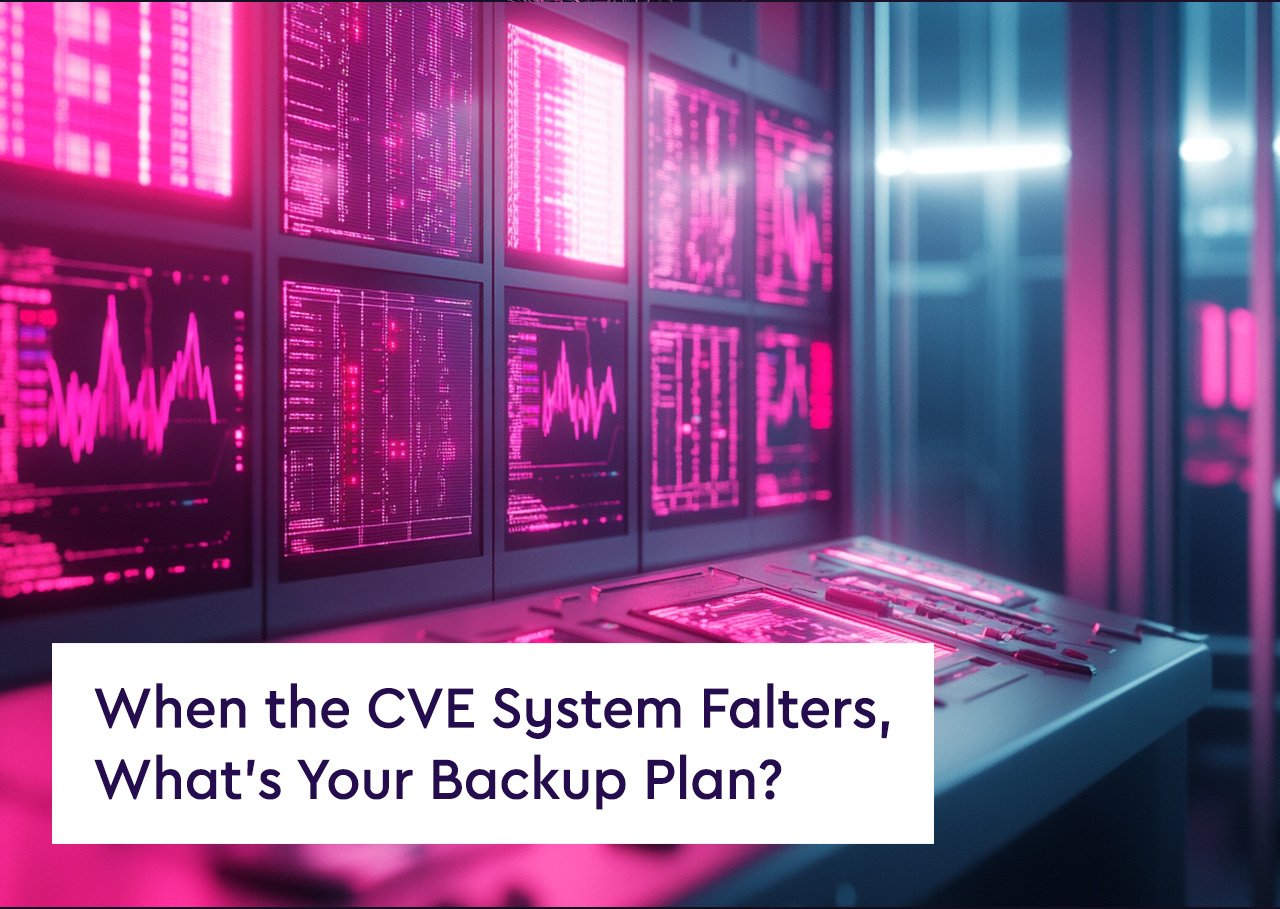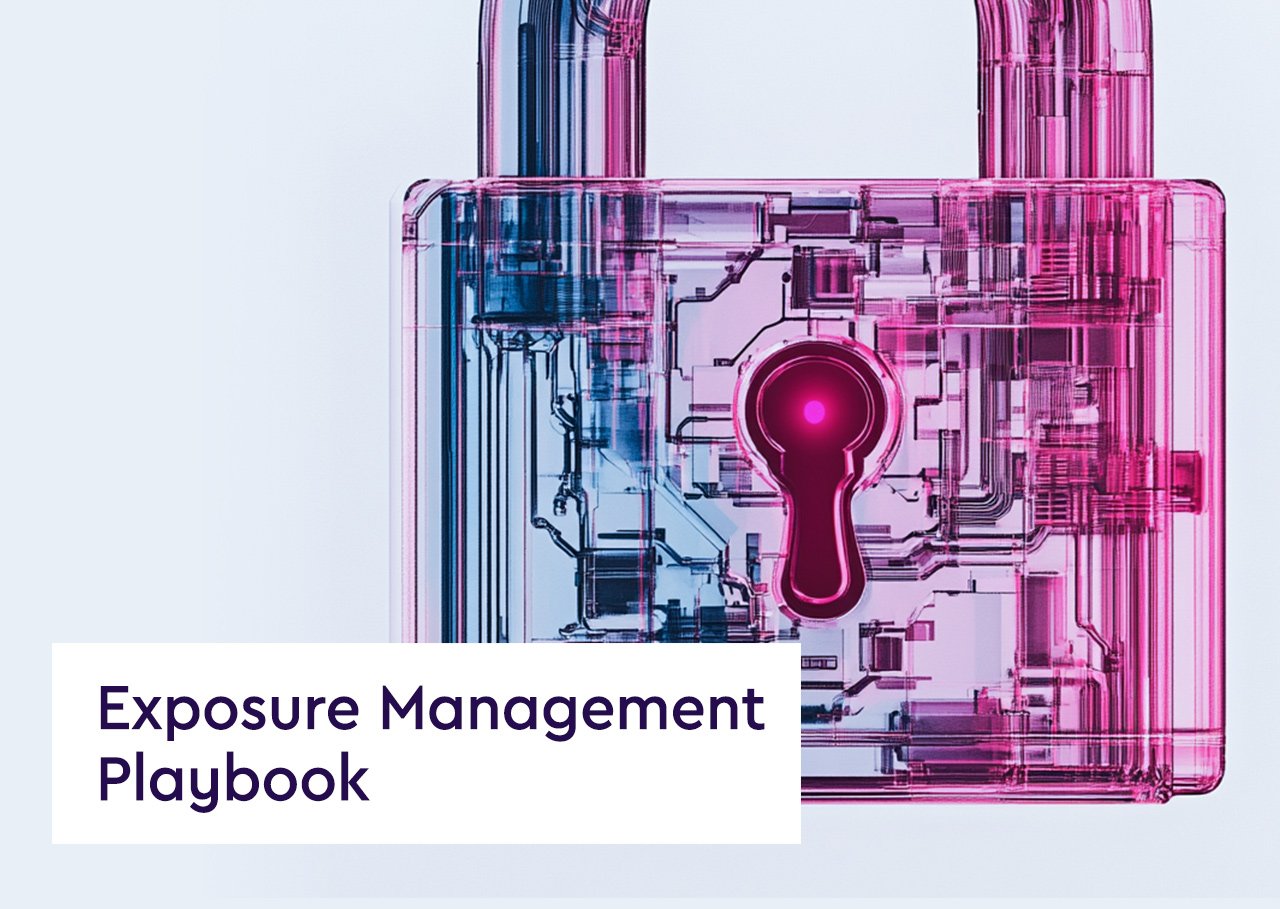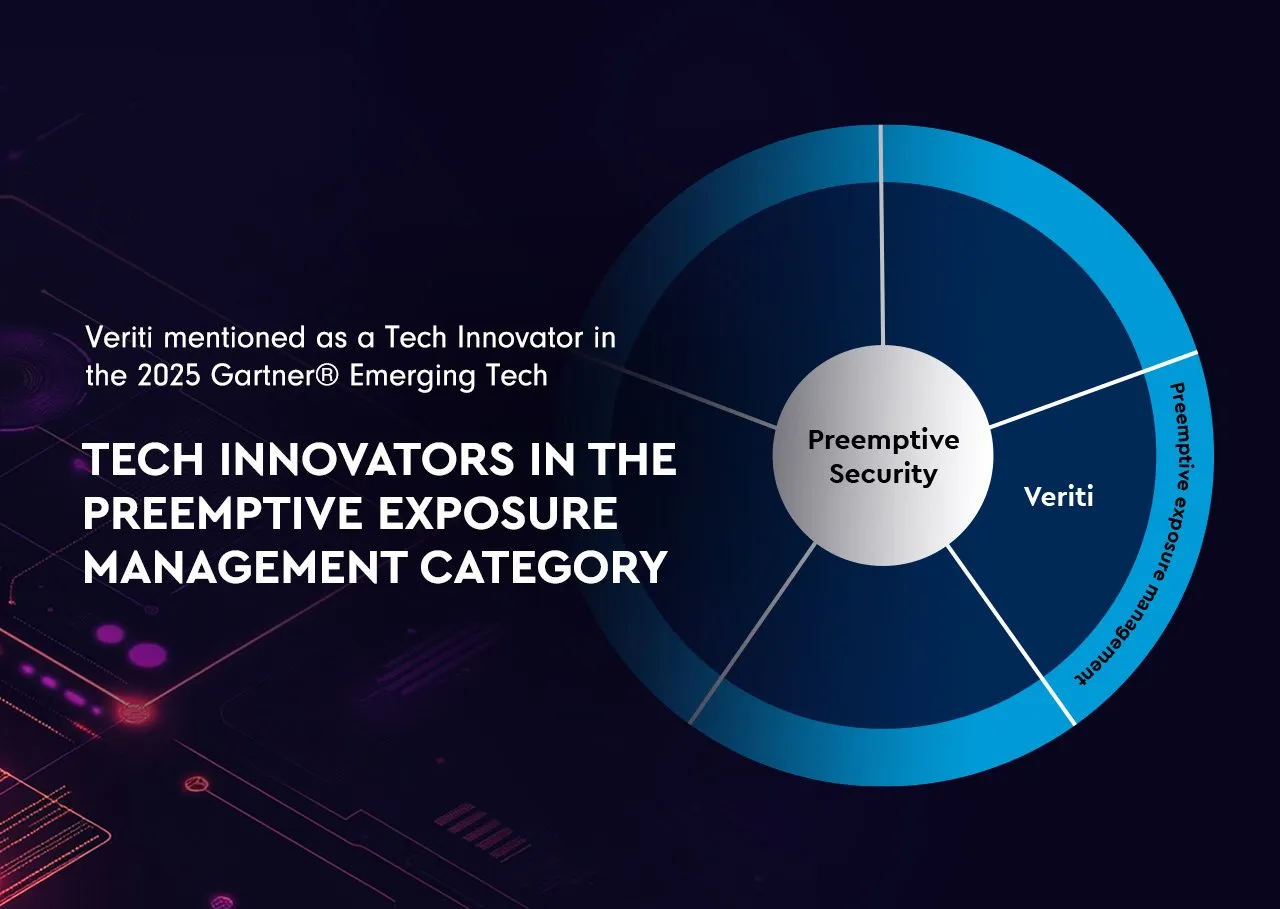Introduction
Without an accurate understanding of vulnerabilities, misconfigurations, and exposures, the journey toward reducing risk and maintaining a resilient infrastructure cannot begin. Effective assessment means more than just running periodic scans or generating a list of vulnerabilities. It requires a comprehensive, real-time understanding of the configurations, tools, and attack surfaces that define your organization’s environment.
This first blog in the series “Like Your Organization Depended On It” explores the foundational pillar of exposure management: Assessment.
Continuous Assessment
A valuable security assessment isn’t static, it’s continuous. Cyber threats evolve rapidly, and even the slightest configuration drift can leave organizations exposed. Effective assessment must span on-prem, cloud, and hybrid environments, ensuring that every layer of your infrastructure is accounted for.
Modern assessment approaches leverage agentless, API-driven integrations with security tools to perform continuous scans of configurations and exposures across all critical environments. These integrations provide organizations with a consolidated view of their attack surface, delivering actionable insights into potential risks.

Assessing Beyond the Conventional
Traditional vulnerability scanners are an essential part of security operations, but they only scratch the surface. Misconfigurations in firewalls, endpoint protection, and other security controls can create significant exposures that standard tools often overlook. Advanced assessment platforms take a broader approach, evaluating the real-time effectiveness of configurations and correlating findings from various tools, including:
- Endpoint Configuration Tools (e.g., UEM solutions)
- Vulnerability Scanners
- Exposure Validation Platforms (e.g., BAS, ASM, EASM)
- Cloud Security Tools
By aggregating and deduplicating data from these sources, organizations gain an enriched understanding of their exposure landscape, reducing the risk of oversight.
Covering Every Attack Surface
Effective assessment must cover all attack surfaces, internal and external, ensuring that no vulnerability is left unaddressed. This includes:
- On-prem assets: Continuous scanning of internal systems, ensuring that endpoints, servers, and network devices are correctly configured.
- Cloud environments: Evaluating configurations across cloud-native applications and infrastructure.
- End-user devices: Ensuring that endpoints are securely configured, even for remote users operating outside traditional networks.
Modern platforms also leverage integrations across a wide range of technologies to broaden their reach, including EDR, WAF, NGFW, and CNAPP solutions.
The Benefits of Real-Time Insights
Continuous assessment provides security teams with more than just a snapshot of their vulnerabilities, it offers actionable insights. This real-time view of configurations and exposures empowers organizations to identify the root causes of security gaps and prioritize fixes.
By ensuring that misconfigurations, outdated rules, and ineffective settings are flagged and corrected, continuous assessment platforms reduce the likelihood of attacks and strengthen an organization’s overall security posture and resilience to business disruptions.
A Unified Risk Landscape
One of the biggest challenges in security assessment is managing the fragmented data generated by disparate tools across multiple layers of the security stack. Each tool—whether it’s an endpoint detection and response (EDR) solution, a next-generation firewall (NGFW), or a vulnerability assessment (VA) platform—offers critical insights, but without integration, these insights can remain siloed, leading to blind spots in your security posture.
A comprehensive assessment platform consolidates data from a variety of tools and layers, including:
- Network Security: Tools like NGFWs and intrusion prevention systems (IPS) for monitoring and securing internal and external traffic.
- Endpoint Security: EDR and endpoint protection platforms (EPP) to protect user devices against malware and exploits.
- Cloud Security: Solutions like Cloud-Native Application Protection Platforms (CNAPPs) and cloud security posture management (CSPM) to safeguard workloads and configurations.
- Application Security: Web application firewalls (WAF) for defending against attacks at the application layer.
- Threat Intelligence: Feeds and platforms that provide critical context about active threat actors and ongoing campaigns.
By correlating and deduplicating insights from these tools, organizations can build a consolidated view of their exposure landscape. This unified approach ensures that every layer of security, from the endpoint to the cloud and beyond, is accounted for, enabling security teams to identify gaps, assess risks, and take proactive measures to address vulnerabilities comprehensively.
Effective cybersecurity starts with assessment, knowing where you stand is the first step toward protecting your organization. By continuously evaluating your infrastructure, correlating insights across tools, and addressing misconfigurations in real time, organizations can build a strong foundation for exposure management.
Coming Next: Prioritize Like Your Organization Depended On It
In the next installment of this series, we’ll explore how to move from assessment to prioritization, identifying which vulnerabilities and exposures demand immediate attention and why. Stay tuned as we dive into this critical pillar of effective risk management.




